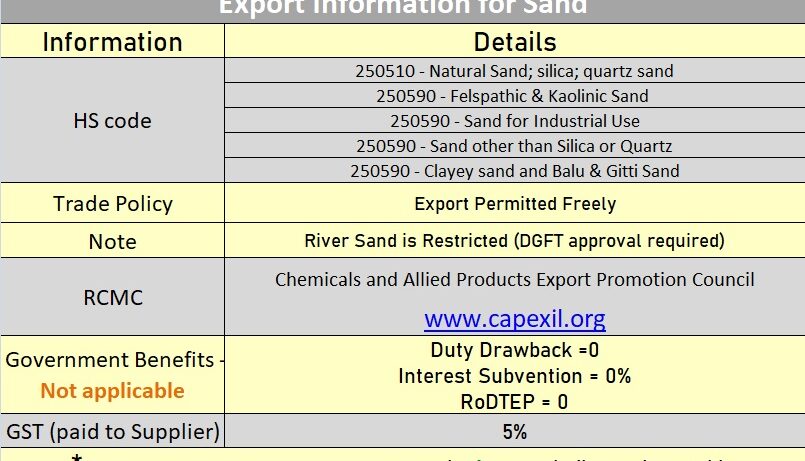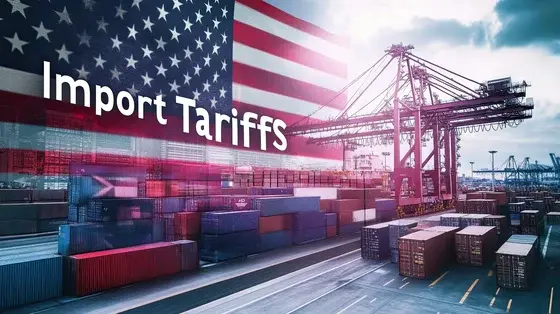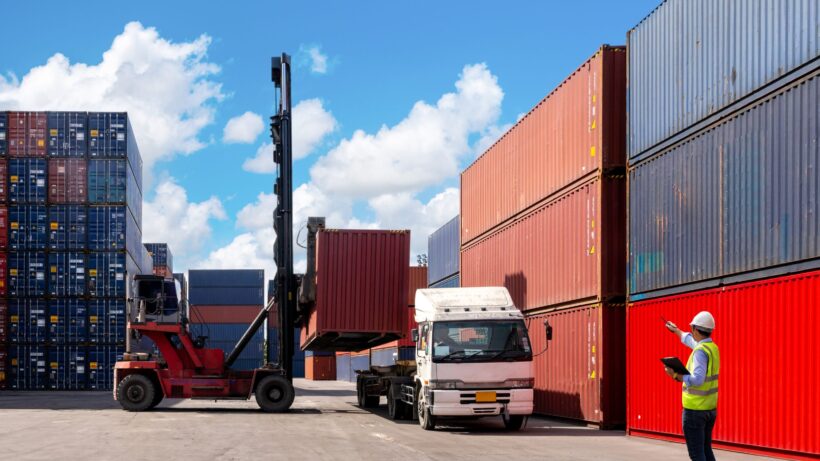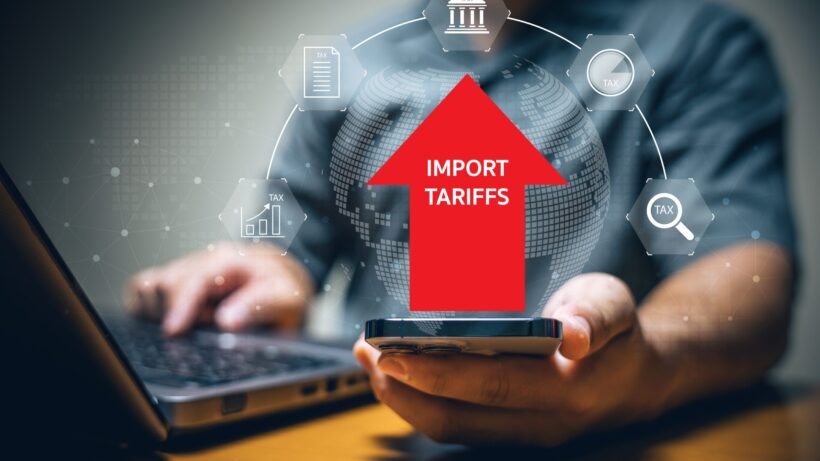U.S. Container Import Volumes Drop in May Led by Sharp Decline in Imports from China
Descartes Systems Group, the global leader in uniting logistics-intensive businesses in commerce, released its June Global Shipping Report for logistics and supply chain professionals. In May 2025, U.S. container import volumes dropped after several months of growth, falling 9.7% from April and 7.2% year-over-year. Imports from China declined by 20.8%










